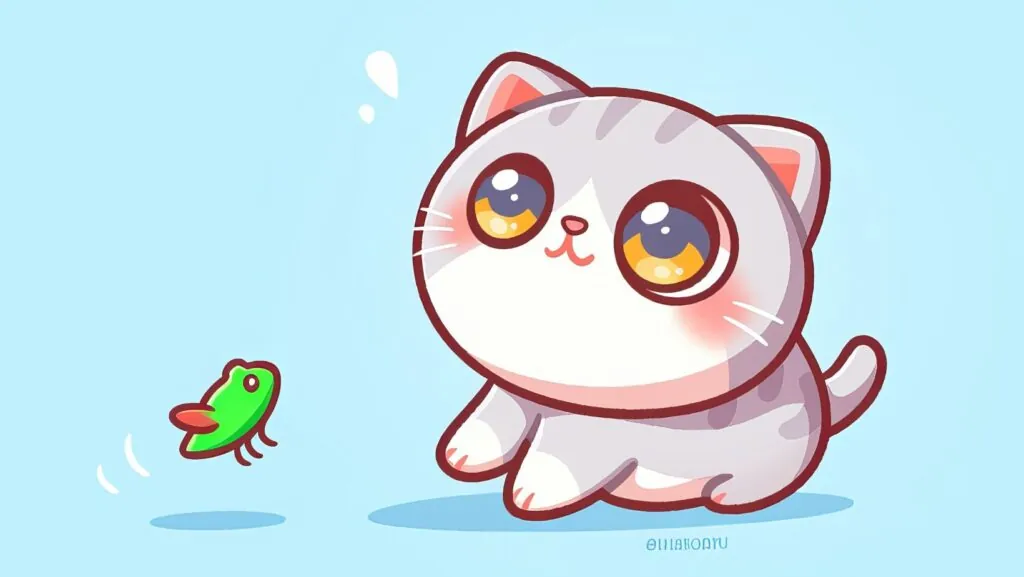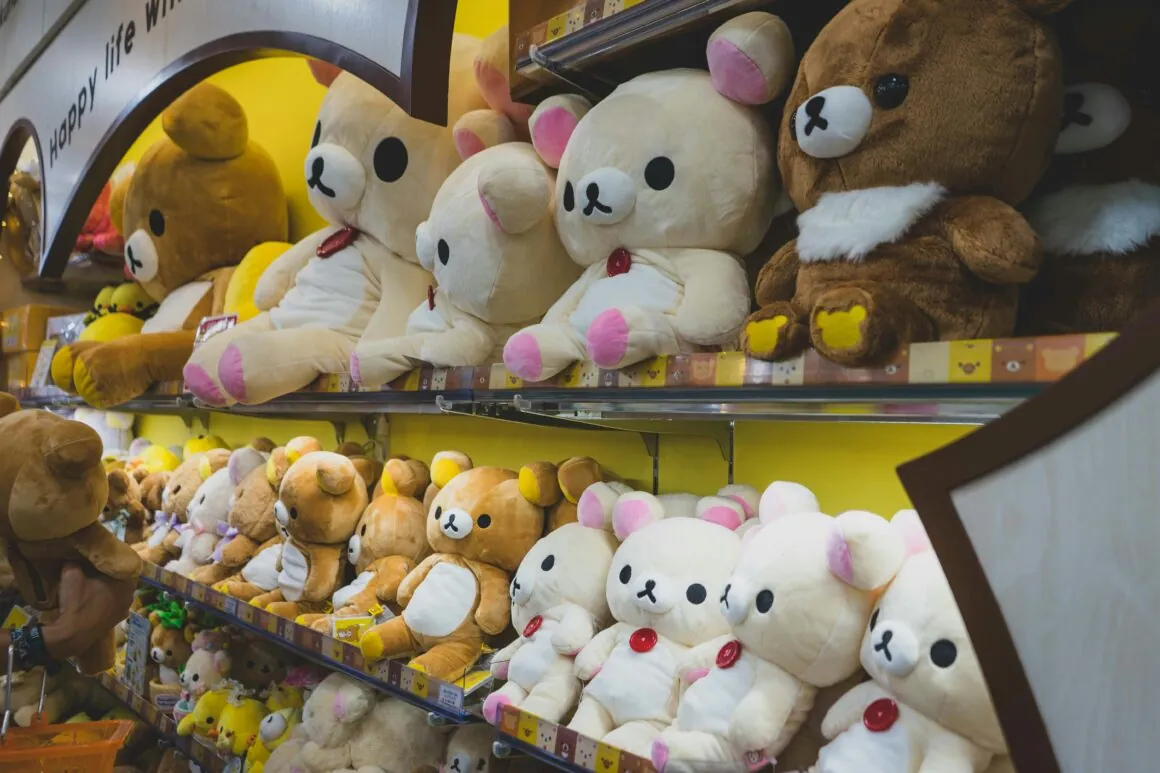Table of Contents
In the world of visual design, certain aesthetics have the unique power to evoke deep emotional responses. Among these, the style centered around cuteness—known widely as kawaii—stands out for its ability to instantly uplift moods and create feelings of warmth and comfort. The fascination with cute pics is not merely a surface-level reaction; it taps into fundamental psychological mechanisms that shape how we connect with imagery and design. As designers, understanding these drivers enables us to create visuals that resonate profoundly with audiences, building trust and emotional engagement.
The enduring appeal of kawaii designs reflects a complex interplay of biology, culture, and psychology. This style, with its emphasis on softness, innocence, and simplicity, activates nurturing instincts and positive emotions. It is no coincidence that people across different cultures are drawn to such imagery, which transcends language barriers to communicate warmth and approachability.
Why Our Brains Respond to Cuteness
From a psychological standpoint, designs that emphasize innocence and softness trigger caregiving responses in the human brain. Features such as rounded shapes, oversized eyes, and small proportions mimic infant-like characteristics, which evolutionary biology tells us are signals for protection and nurturing. This is why visuals embodying these traits feel comforting and non-threatening, often sparking feelings of empathy and affection.
These subconscious reactions are what make the appeal of kawaii designs so effective. The visual language of simplicity and gentle forms lowers defenses, inviting viewers to engage with the content more openly. It’s a natural instinct to find solace and delight in such imagery, which explains the global fascination with this aesthetic in everything from digital stickers to product packaging.
The Role of Emotional Connection in Design
Design is not just about aesthetics; it’s about creating meaningful experiences. Images that inspire positive emotional responses help forge a connection between the viewer and the design, which can enhance memory retention and brand loyalty. When applied thoughtfully, the principles behind kawaii imagery help designers craft content that feels personal and approachable, making the interaction more memorable and enjoyable.
In this context, visual softness acts as a bridge to humanize digital spaces and physical products alike. It reassures users and customers, creating an environment where comfort and joy are prioritized. Linnea Holgersson encapsulates this beautifully: “There is a quiet strength in designs that speak directly to the heart with kindness.” This sentiment underlines the power of emotional resonance in design, where subtle visual cues can speak volumes.

Cultural Universality and Adaptation
While the roots of kawaii originate in Japanese culture, its psychological appeal is universal. Across the globe, similar visual motifs emerge independently in children’s media, advertising, and art, suggesting that the attraction to gentle, endearing imagery is a shared human trait. This universality makes it a valuable tool for designers working in multicultural and global contexts.
However, cultural nuances still play a role in how this aesthetic is received and adapted. Some societies emphasize different color schemes or character expressions to suit local tastes while preserving the core emotional triggers. As designers, recognizing and respecting these cultural variations allows for more authentic and impactful communication through design.
Practical Applications in Modern Design
Understanding why people respond to softness and innocence empowers designers to use these elements strategically. Whether designing user interfaces, marketing materials, or product packaging, incorporating visual cues that evoke nurturing feelings can improve user engagement and satisfaction. This is especially effective in industries related to health, education, and entertainment, where creating a sense of trust and comfort is crucial.
Moreover, these design principles help counterbalance the fast-paced, often stressful nature of modern life. Visuals that feel gentle and inviting offer a momentary escape, reducing anxiety and promoting well-being. For designers, this means creating not only aesthetically pleasing work but also fostering positive emotional experiences for users and viewers.






